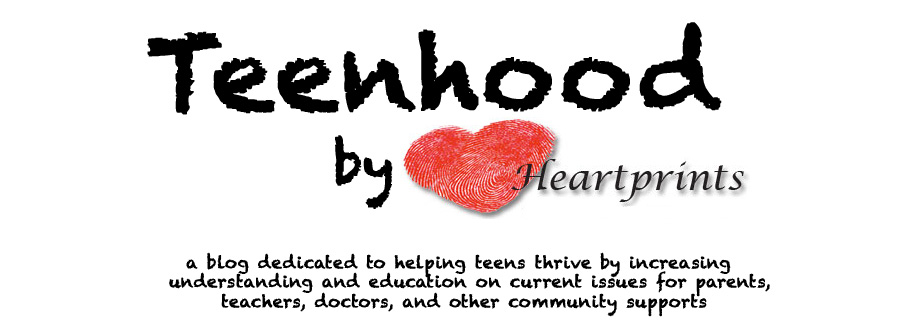Wednesday, August 14, 2013
The Science Behind Self Injury
Researchers have been studying non suicidal self injury (NSSI) for over 20 years. Only within recent history have they been able to look at the physiological and chemical differences in individuals who engage in self harm. It is an exciting time as the science behind the behavior can help clinicians and doctors learn to more effectively treat self injury. With more knowledge comes more understanding for parents, teachers, youth leaders, and peers who often feel confused and discouraged by the self-injury behavior.
The Brain
In the limbic system, researchers saw a hyper aroused state in those who engage in self harm. As the limbic system involves emotional regulation, in a hyper aroused state the individual is upset and may try to calm down. When the scientists applied a painful stimulus, they hyper aroused state came down. This appears indicative of NSSI as a coping skill for emotional regulation. In other words, the brain supports a common teenage assertion they actually feel better, calmer, release, and/or relief after engaging in the self injurious behavior.
The Altered Chemical Levels
Researchers have also found altered levels of cortisol response. They are uncertain if the behavior causes the altered levels or if the altered levels increase vulnerability for the behavior. Cortisol is associated with stress (Think of the commercials about cortisol/stress keeping us from losing weight.). It makes sense individuals engaging in self injury often have difficulty regulating their internal and environmental stress. We can see it in the altered cortisol levels.
They also found lower levels of endogenous opioids affecting pain perception and addictive behaviors. There have been rumors NSSI can be addictive. If the Endogenous opioid levels are lower, it is possible there is an addictive quality to some severe self harm. Also, if pain perception is altered, there is potential truth in someone who engages in NSSI stating they don't feel the pain of their actions. However, once the behavior no longer exists, the lowered pain perception does return. Others have suggested NSSI may increase serotonin or dopamine levels in the brain creating an addiction but research does not support the hypothesis consistently at this time.
Nutritional Deficiencies
Research has found successful treatment of self injury in increasing the Essential Fatty Acids (found in walnuts, leafy greens, fish, flax seed, etc...) in the diet. People who engage in self injury have lower levels of Essential Fatty Acids. In one research project, the control group was given a placebo while the other group was given Essential Fatty Acids regularly. After 12 weeks, the experimental group saw a marked decrease in depressed feelings and suicidal thoughts in comparison with the control group. Even adding a supplement such as Omega 3 and 6 capsules (fish and flax seed oil) increase the amount of Essential Fatty Acids in the body. I am continually amazed at how important good nutrition is to the overall health of the mind. While improved nutrition may not cure all diseases, increasing Essential Fatty Acids will improve depressed moods and suicidal thoughts based on some of the most current research.
Effective Counseling
Dialectical Behavior Therapy (DBT) is one of the most evidenced based forms of counseling treatment with self injury. Ask your teens counselor if they utilize DBT. If they don't, ask them if they would be willing to learn (by books or trainings). A counselor doesn't need to be a purely DBT clinician to be effective as long as they are familiar with the basic principles and can use DBT when needed to decrease NSSI. You want the counselor to be DBT influenced. Remember, even with the most effective counseling, NSSI is not a short term issue and there is no quick fix. DBT clinicians recommend preparing for 3-12 months before treatment is successful depending on severity, intensity, and duration of the NSSI.
Prevalence
Don't buy into the belief NSSI is increasing. Much of the literature supports a consistency in the prevalence of NSSI since 2005. It is possible we are more aware of the issue as teenagers open up about the historically hidden behavior. In the United States, up to 37% of high school students have engaged in self harm behaviors at least once. For more information on the research check out these websites:
http://www.suicidology-online.com/pdf/SOL-2012-3-24-32.pdf
http://www.jabfm.org/content/23/2/240.full
http://www.capmh.com/content/6/1/10
Subscribe to:
Posts (Atom)
